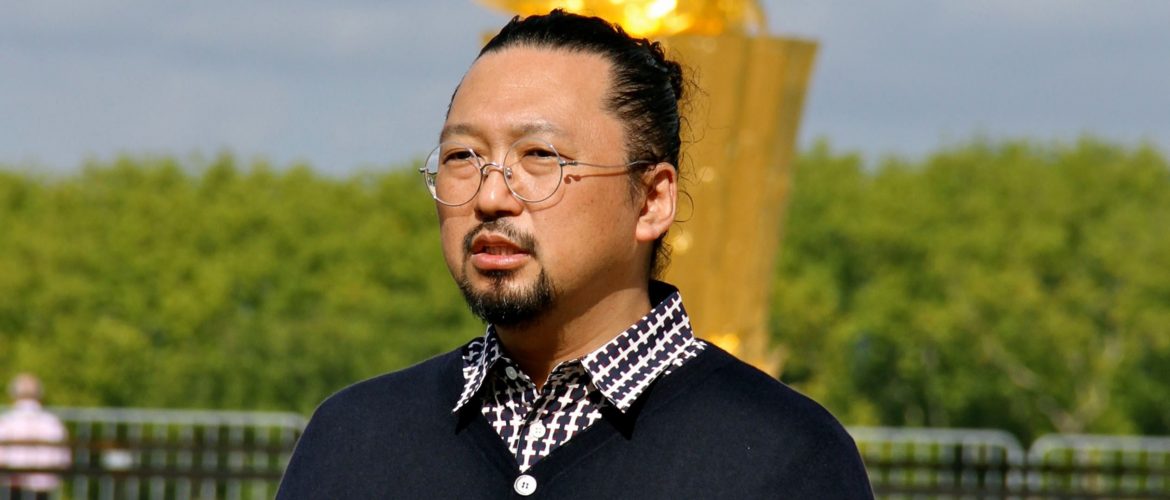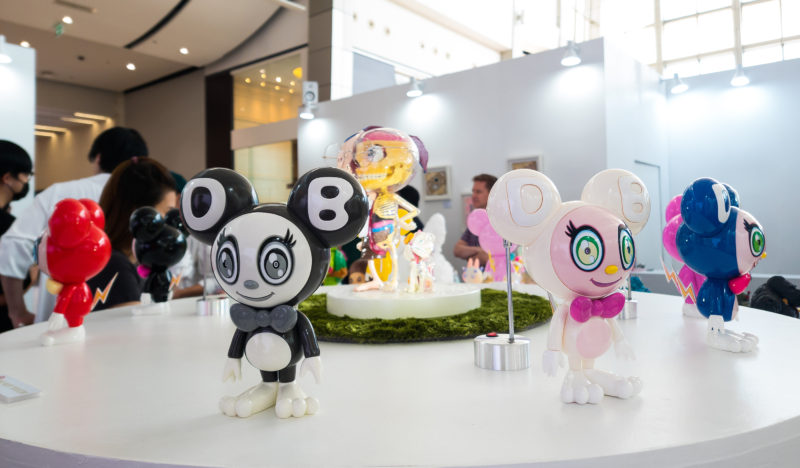A New Take on AI-Generated Japanese Art by Takashi Murakami

Throughout his long artistic career, Takashi Murakami has sought to escape the old-fashioned attitudes, styles, and approaches. After experiencing the constraints of the stifling art world in Japan in the 1990s, he went to the West to find recognition. The artist’s imagery, inspired by manga and anime, not only made him incredibly popular but also allowed him to force Japan to acknowledge contemporary, “low” art as a mainstream cultural phenomenon. Now, again, Murakami is seeking to challenge the art world’s belief about what is acceptable by using controversial Artificial Intelligence (AI) in his work.
Japanese Art History à la Takashi Murakami
Last year, Gagosian Gallery in London exhibited Takashi Murakami’s reinterpretation of artistic history blended with advanced technology. The legendary artist used a famous 17th-century masterpiece from the Tokyo National Museum, created by Matabei, and reconstructed it with the help of AI to entwine his artistic vision. The result was a large-scale replica of Rakuchū-Rakugai-zu Byōbu (Scenes in and around Kyoto), where elements of Edo-period Kyoto were blended with Murakami’s flower and anime characters. Set in the medieval landscape, they invited the audience to step inside this dialogue between classical and contemporary forms.
But how exactly was AI involved? According to the artist, the original painting was in bad condition, with 20% of the canvas being damaged or missing. Takashi Murakami asked AI to fill in the absent parts and experimented with AI-generated art until he was satisfied with the result. What was achieved as a result is undoubtedly a new layer of the story of Kyoto, a retelling of Japanese history through the shifting lens of time.
Why Is AI-Based Art Criticized?
Not everyone, however, appreciates this blending of uniquely human artistic thought with AI technology. In 2024, more than 11,000 artists from around the world signed an open letter expressing their concern about their art being used by IT companies to train AI algorithms. According to them, this unlicensed use of creative works threatens the livelihoods of artists themselves and can potentially flood the art market with AI-generated works that lack creativity and originality.
Murakami does not share these concerns. According to him, using cutting-edge instruments in art is a driver of innovation in the art industry, not a threat. Whether his AI use is a challenge to conservative culture or an attempt to survive in a changing market is unknown. However, he did manage to contribute to the public debate about the value of artwork and the limits of originality.

